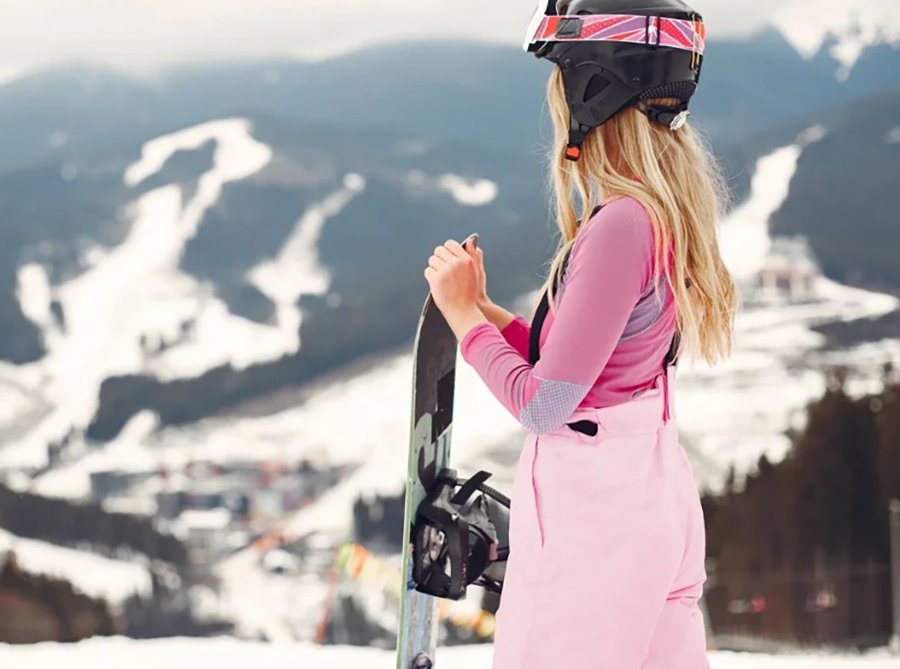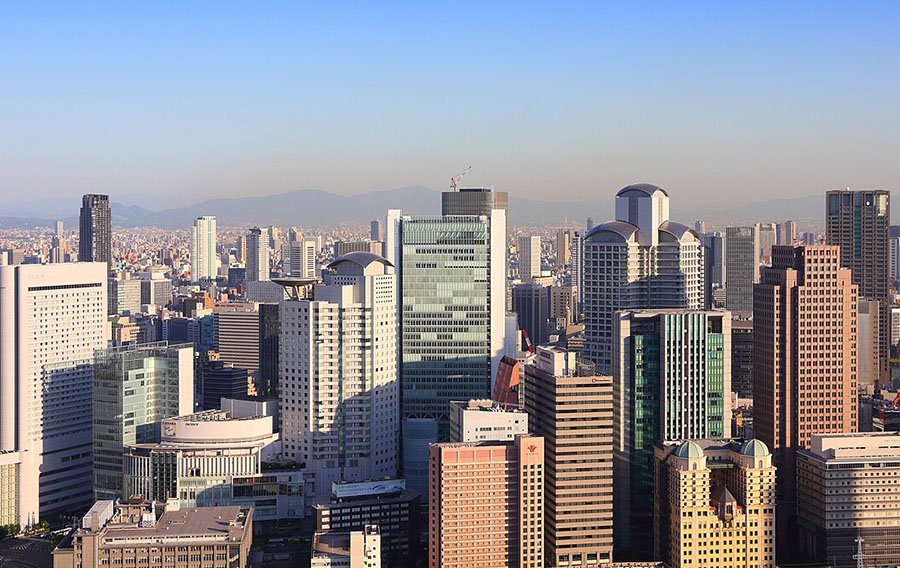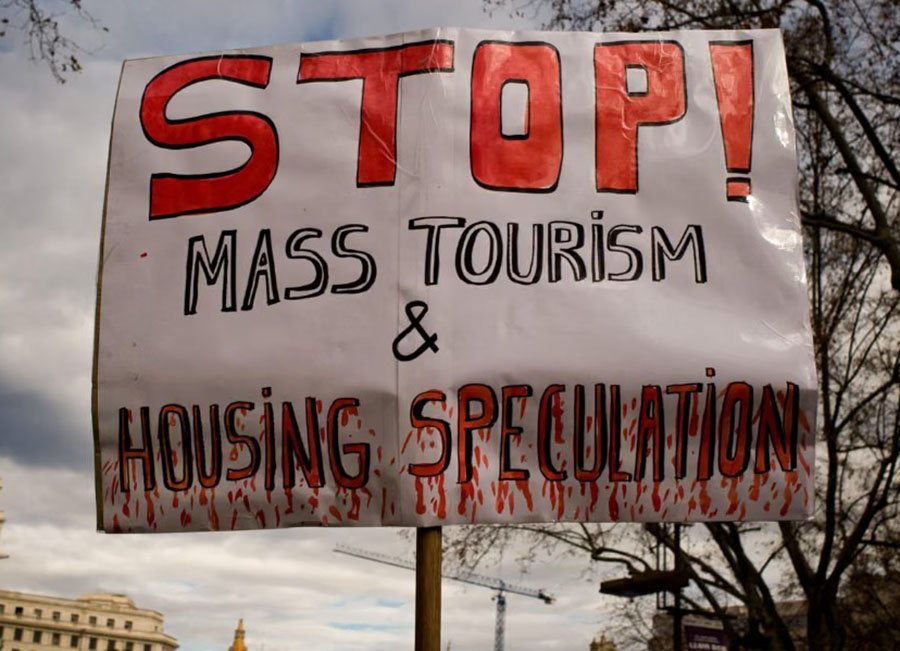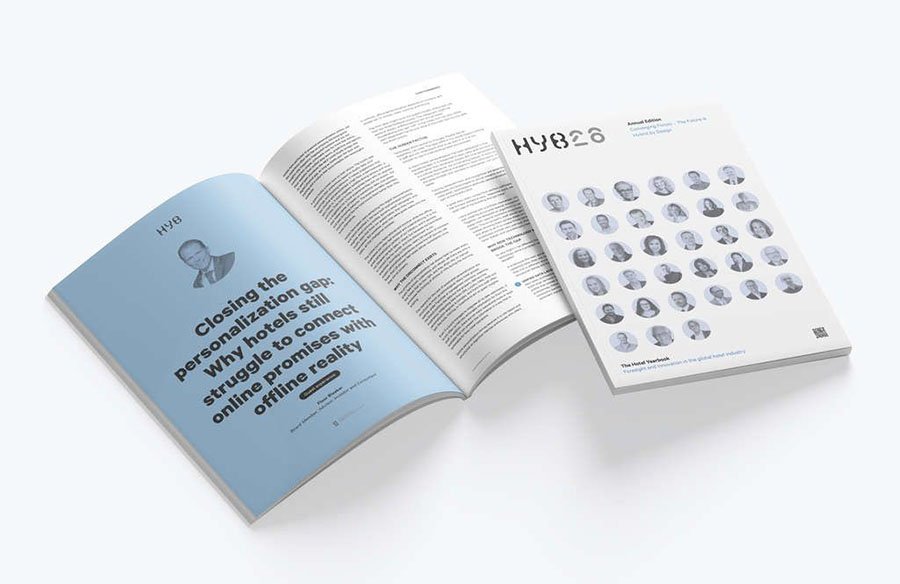Portrait of the Russian Tourist 2025: New Challenges for Resorts and Hotels

Photo: ATOR
The FTT-2025 Forum in Moscow revealed that Russian travelers’ behavior is evolving faster than many resort infrastructures can adapt. Experts identified several key trends that are already reshaping the strategies of hotels, ski resorts, and other leisure destinations, reports the Association of Tour Operators of Russia (ATOR).
Independent Travel Takes the Lead
According to Konstantin Garanin, Director of the Center for Territorial Marketing, sales of package tours fell by 13%, while independent bookings increased by 15%. This shift directly affects spending behavior. Travelers who plan trips themselves are less likely to purchase add-ons such as excursions, transfers, or meal plans. For the first time, room bookings without meals have overtaken the “bed and breakfast” option.
For resorts, especially ski destinations, this means lower revenue from ancillary services and a need to rethink monetization models. Traditional all-inclusive and package-based revenue structures are becoming less effective.
At the same time, FUN&SUN CEO Vladimir Rubtsov noted that the line between “organized” and “independent” travelers is blurring: many tourists now combine both formats, creating a hybrid behavior pattern that challenges standard segmentation models.
Saving Becomes the New Normal
Rising prices are driving a more rational approach to travel. The average ski vacation duration has dropped to four days, and travelers increasingly choose budget-friendly accommodations.
About 53% of Russians spend an amount equivalent to 60% of their monthly income on a trip. For comparison, German travelers consider spending two monthly salaries on vacation acceptable. Russian tourists remain far more cautious, carefully controlling expenses.
A recent survey shows that average spending on domestic travel in 2025 reached 62,000 RUB ($766) per person, while foreign trips cost around 109,000 RUB ($1,347) — nearly double.
Regional travel is most affordable in the Volga region (49,000 RUB / $606), followed by the Caucasus (66,000 RUB / $816) and southern resorts (69,000 RUB / $853). The most expensive destinations remain in the Russian Far East (78,000 RUB / $964).
Interestingly, the gap between planned and actual spending persists: most travelers initially overestimate their budgets, but end up spending less.
A New Audience and Structural Challenges
The demographic profile of travelers is changing. Among independent tourists, women now make up 68%, and many travel alone. There’s also growing demand among groups of female friends over 60.
For resorts, this is a major shift: much of the infrastructure still targets a “male” audience — emphasizing extreme sports and active leisure. The new demographic expects safety, comfort, intuitive navigation, and well-designed public spaces.
Moreover, 36% of travelers combine work and leisure, highlighting the importance of stable internet access, quiet work zones, and suitable room layouts. The rise of “workation” trends is reshaping hotel design priorities.
Konstantin Garanin pointed out a structural imbalance: new resorts are being built faster than the audience for them is forming. Only 6% of Russians skied or snowboarded last season, compared to 17–20% in Europe and 35% in Switzerland. Without state or industry programs to train new skiers, expanding infrastructure doesn’t necessarily lead to higher occupancy. In fact, investment growth is outpacing demand formation.
External Pressures and Growing Competition
Experts from International Investment emphasize that geopolitical factors continue to weigh on Russia’s hospitality sector. Attracting international guests has become significantly harder: some markets are closed, global carriers have cut routes, and traditional marketing channels no longer function as before.
Meanwhile, competition from neighboring countries is intensifying. Georgia, for example, has rapidly modernized its winter resorts — Gudauri, Mestia (Hatsvali and Tetnuldi), and Bakuriani — attracting travelers from Europe, the Middle East, and neighboring regions. Modern cable car systems, new hotels of various classes, and improved transport access via airports have positioned Georgia as a strong alternative to Russian mountain destinations.
As a result, many travelers who previously considered domestic resorts are turning abroad, drawn by better accessibility, active promotion, and a stronger international tourism ecosystem. This growing competitive pressure means Russian resorts must rethink their strategic advantages, focusing on service quality, safety, and innovation.
Conclusion: Experts’ Perspective
According to analysts from International Investment:
“The Russian travel market is entering a period of structural transformation. The traveler’s profile is changing faster than the industry can adapt. To remain competitive, resorts and hotels must focus on personalization, digital tools, inclusivity, and service quality. Those who can integrate new audience needs into their business models will define the future of domestic tourism.”
Подсказки: Russia, tourism, travel, resorts, hotels, ATOR, International Investment, traveler behavior, hospitality trends











